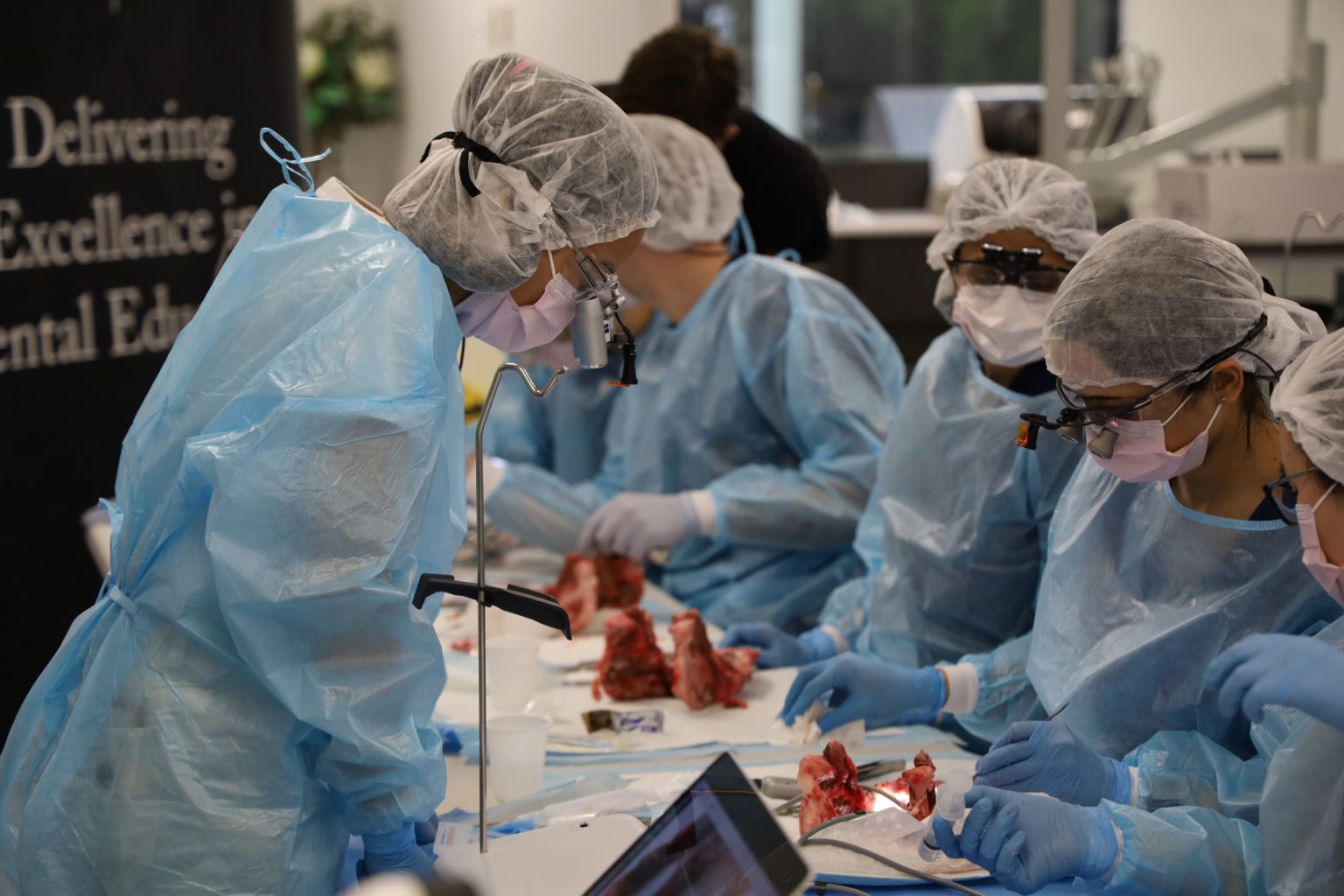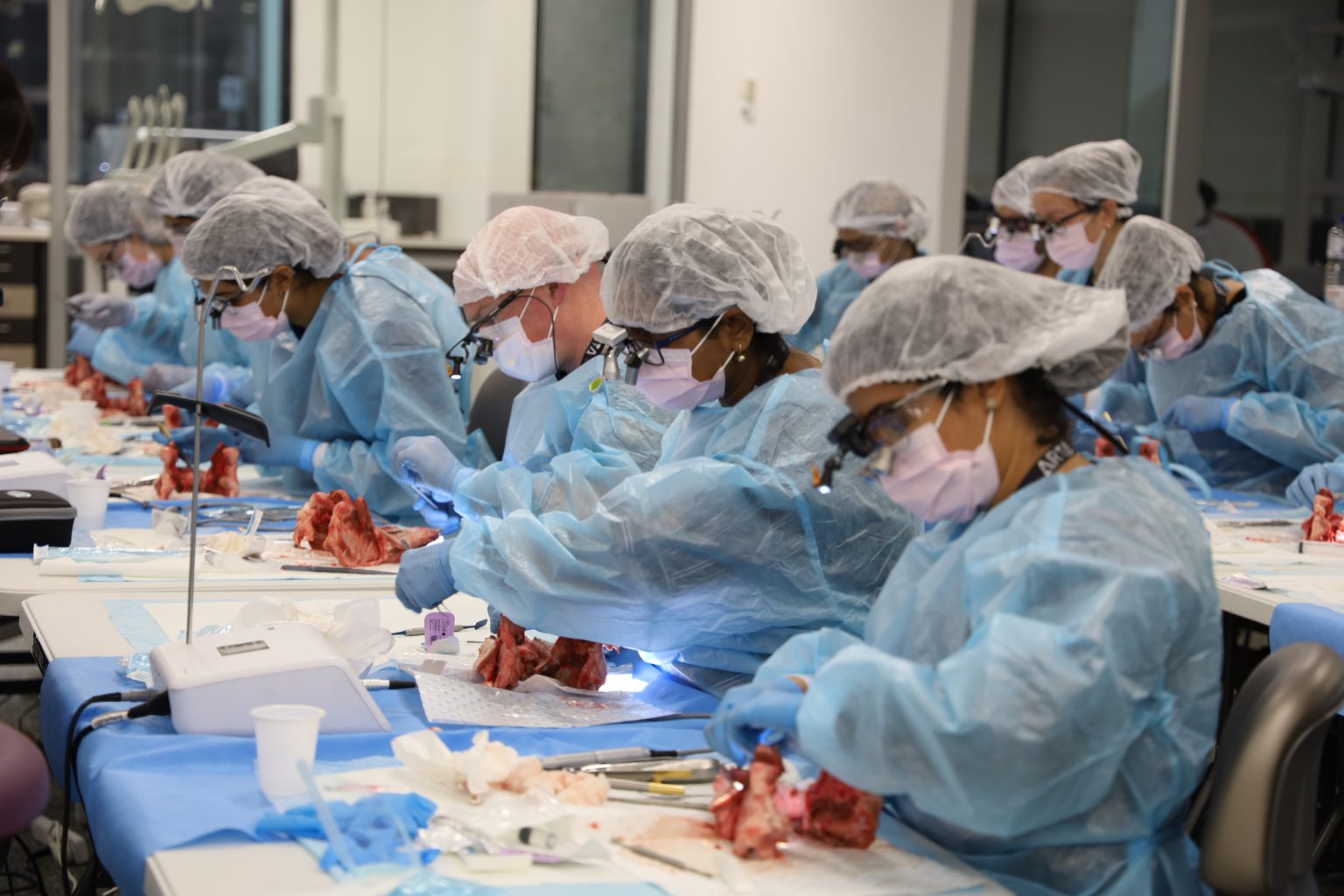What They Don’t Teach You in Dental School About Surgical Tooth Extractions
Most dentists in Australia walk out of dental school confident they can remove a loose premolar. But surgical tooth extraction? That is a different story. Once you start seeing real patients with deep impactions, fractured molars, or complex root curvatures, you quickly realise there is a lot dental school didn’t cover.
Surgical tooth extraction in Australia is not just about getting the tooth out. It is about precision, anatomy awareness, managing complications, and making clinical decisions under pressure. These are skills that take time to develop and often come with experience, not just textbooks.
In this blog, we will explore what most dental graduates and early-career dentists wish they had learned sooner. We will talk about surgical extraction techniques, how to build confidence, and how hands-on CPD can close that skills gap.
The Clinical Reality Hits Different
Theory Doesn’t Prepare You for Broken Roots
You might have aced your oral surgery exams, but real-life extractions are unpredictable. Roots fracture. Access is poor. The patient is nervous. Suddenly, that simple extraction turns surgical.
In dental school, most students only perform a few extractions under close supervision. Complex surgical tooth extraction cases are usually left to specialists or simulated in theory. Studies show that up to 30 percent of surgical third molar cases can experience complications such as swelling, infection, trismus or prolonged bleeding—especially in deeper impactions where surgical technique matters most. But in general practice, you are often the first and only line of care.
Surgical tooth extraction in Australia is becoming a more common part of general dentistry. As a result, more dentists are realising they are not fully prepared for the kinds of cases that walk through the door. A recent review of Australian cases reports alveolar osteitis as the most frequent complication among surgical extractions, particularly in more impacted or difficult extractions.
Third Molars Aren’t in the Textbook
Wisdom tooth removal is one of the most requested procedures, yet it is rarely taught in-depth during undergrad. Most dental students never get the chance to section a third molar or raise a flap for surgical access.
Yet these are essential surgical extraction techniques. Without them, even a straightforward case can become a lengthy, stressful procedure. Understanding how to manage third molars, especially in young adults, is key to reducing post-op complications and improving clinical outcomes.
Anatomy, Angles and Adrenaline: A Dentist’s Real Struggles
Why Flap Design and Bone Removal Still Trip Dentists Up
Surgical tooth extraction relies on proper access. Flap design is not just a formality—it is what allows you to visualise the area, protect anatomical structures, and control the field. Unfortunately, most dentists are not taught how to design flaps that match the anatomy of the case.
Bone removal is another common struggle. When to remove bone, how much to remove, and which instruments to use are things you only truly learn through experience or hands-on training. Without proper technique, bone removal can become traumatic or lead to complications.
Atraumatic extraction techniques are key for patient recovery. They help reduce post-op swelling, bone loss, and pain. Learning how to use elevators efficiently, create space, and manage bone removal gently can make all the difference in surgical extraction cases.
Sectioning Molars: The Skill You Didn’t Practise Enough
Sectioning a molar is not a one-size-fits-all technique. You need to understand root morphology, crown integrity, and the angulation of the tooth. Section too shallow, and you will struggle to elevate. Section too deep, and you risk root damage or adjacent structures.
Most dentists in Australia do not feel confident with sectioning until years into practice. Tooth sectioning training is rarely emphasised at the undergraduate level, but it is essential for efficient and safe surgical tooth extraction.
When you learn how to section molars properly, your confidence goes up and chair time goes down. It is one of the most impactful skills you can add to your toolkit as a general dentist.
You Can’t YouTube Your Way to Confidence
Hands-On Repetition Builds Surgical Intuition
Watching surgical extractions online can be helpful, but it will never replace the feeling of doing it yourself under guidance. Confidence in surgical tooth extraction comes from repetition, feedback, and exposure to a variety of cases.
That is why many dentists in Australia and New Zealand seek out surgical extraction CPD. These hands-on programs are designed to close the gap between knowledge and execution. They teach you not just the what, but the how, when, and why behind every move.
You learn to make decisions quickly. You develop hand skills that respond to tactile feedback. And most importantly, you make your mistakes in a safe environment before applying those skills in private practice.
CPD That Makes a Real Difference
Not all CPD courses are created equal. The Dental Board of Australia requires registered dentists to complete at least 60 hours of CPD over each three‑year cycle, with the majority needing to be clinically or scientifically based. If you want to improve your surgical tooth extraction technique, look for CPD for dentists in Australia that focuses on small-group training, live demos, and one-on-one mentoring.
Programs that offer hands-on surgical extraction techniques let you practise flap design, bone removal, and tooth sectioning on real or simulated cases. This kind of learning is what transforms your clinical ability—not hours of lectures with no clinical follow-up.
A good CPD course will also help you manage dental extraction complications, improve your consent protocols, and boost your ability to handle unexpected scenarios.
One such example is the Surgical Extraction Program offered through Aria Dental Education. With a focus on practical skills, anatomical knowledge, and clinical confidence, it is designed to help you take the next step in your career.
Lessons Learned Late or Learned Early
What Experienced Dentists Say They Wish They Knew
Many dentists who have been in practice for years say the same thing: they wish they had focused on surgical extractions earlier. They wish someone had shown them how to design a flap, how to control bleeding, how to read radiographs for surgical planning.
The learning curve for surgical tooth extraction in Australia does not need to be steep. But without proper exposure, it often is.
The earlier you build these skills, the more control you have over your clinical outcomes, your appointment times, and your patient satisfaction.
Shortcut the Learning Curve—Safely
You do not need to learn surgical extraction through trial and error. You can learn it through structured, hands-on CPD programs that focus on real techniques, not just theory.
With the right training, you can improve your surgical intuition, reduce stress in complex cases, and take on more procedures in-house. That is not just good for business—it is good for your confidence and your patients.
Your Skills Should Match the Work You Want to Do
Surgical tooth extraction in Australia does not need to be intimidating. You do not have to second-guess flap design, stress over molar sectioning, or avoid complex cases because you were never shown the proper techniques.
By building your confidence through practical experience and proper mentoring, you set yourself up to do more of the work you enjoy, with fewer complications and better outcomes.
If you are serious about developing your extraction skills, find the kind of CPD that gets your hands working and your knowledge applied. It will change the way you practise.
Don’t Miss Out
Enrol in our Surgical Extraction Program – hands-on, CPD-approved, and made for Australian dentists who want real skills that matter.
Enrol Now →Top Things to Look for in an Implant Workshop

Know what makes a high-quality dental implant course before you enrol — here’s what to check.









